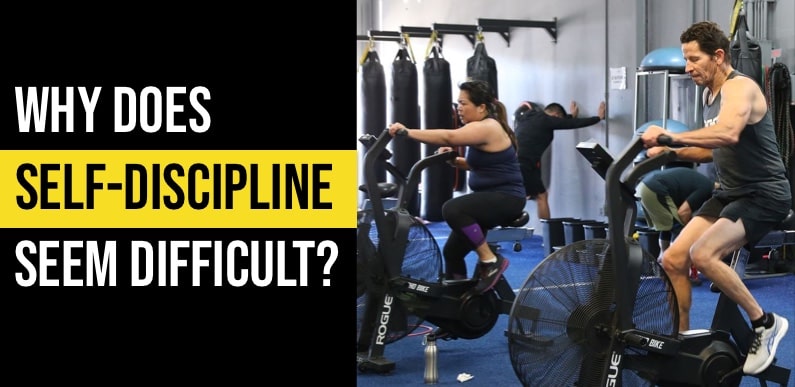When it comes to working out, do you ever feel like your results don’t match your effort? You put in your time at the gym, but your squat PR has plateaued or you’re still struggling to sustain that 8-minute mile?
Here are six ways to smarten up your training and move closer toward your body composition or performance goals.
When it comes to working out, do you ever feel like your results don’t match your effort? You put in your time at the gym, but your squat PR has plateaued or you’re still struggling to sustain that 8-minute mile?
Here are six ways to smarten up your training and move closer toward your body composition or performance goals.
Prioritize
Determine your goal and train for it. Training too hard for different goals robs you of your ability to excel at one. Instead, narrow your focus and prioritize the exercises and training regimens that will help you achieve your main objective.
Periodize
The overload principle dictates that you must expose your body to greater demands (e.g., weight, volume, duration) than it’s accustomed to in order to increase fitness
Plan
Nothing kills an hour faster than aimlessly wandering around the gym. To build a long-term strategy, ask yourself, How many days a week should I (or can I, realistically) train? If you’re unsure, reach out to our team to help you.
Refuel
The easiest way to undermine fitness gains is through inadequate refueling. Consuming sufficient post-workout protein and carbohydrates is crucial for glycogen replenishment and muscle tissue repair. Research suggests that consuming about 20 grams of post-workout protein can enhance muscle protein synthesis (Morton, McGlory and Phillips, 2015), which will support your muscle-building efforts.
Recovery
Muscular adaptations occur after repeated bouts of training in which muscle tissue is damaged and, in the process of repairing, grows in size or strength. During the 24-48 hours after you finish an exercise bout, your body works hard to return to its normal resting state. If your body isn’t able to fully recover in that time period, your progress will suffer. While nutrition is a key component of recovery, sleep is another crucial element. Sleeping supports multiple physiological systems that are stressed during exercise. Immune function is restored and growth hormone and other androgens are secreted to help repair and build muscle and enhance bone growth. The nervous system, which is challenged during strenuous exercise, also recovers during sleep (Marshall and Turner, 2016). To maximize your workout results, aim for seven or more hours of quality sleep each night.
Reset
Your body views exercise as a stressor. In response to stress, your sympathetic nervous system (SNS), which is responsible for your “fight or flight” response, is activated. While useful during a bout of exercise, chronic SNS activation can lead to worsened performance and overtraining. To combat this, activate your parasympathetic nervous system (PNS), which is responsible for the “rest and digest” state. The PNS opposes the SNS to help calm you down. Being in a parasympathetic state can help reduce the effects of chronic stress and overtraining that undermine fitness results. Be sure to take a few minutes after exercise to activate the PNS with deep, steady breathing. This will help your body get out of the “fight-or-flight” mode and maximize your ability to heal and progress.
Optimize Your Training.
A little pre-exercise prep and post-workout replenishment go a long way in improving your health and fitness results. These six strategies can help you avoid injury, maximize training and reap the greatest benefits from your workout routine.






